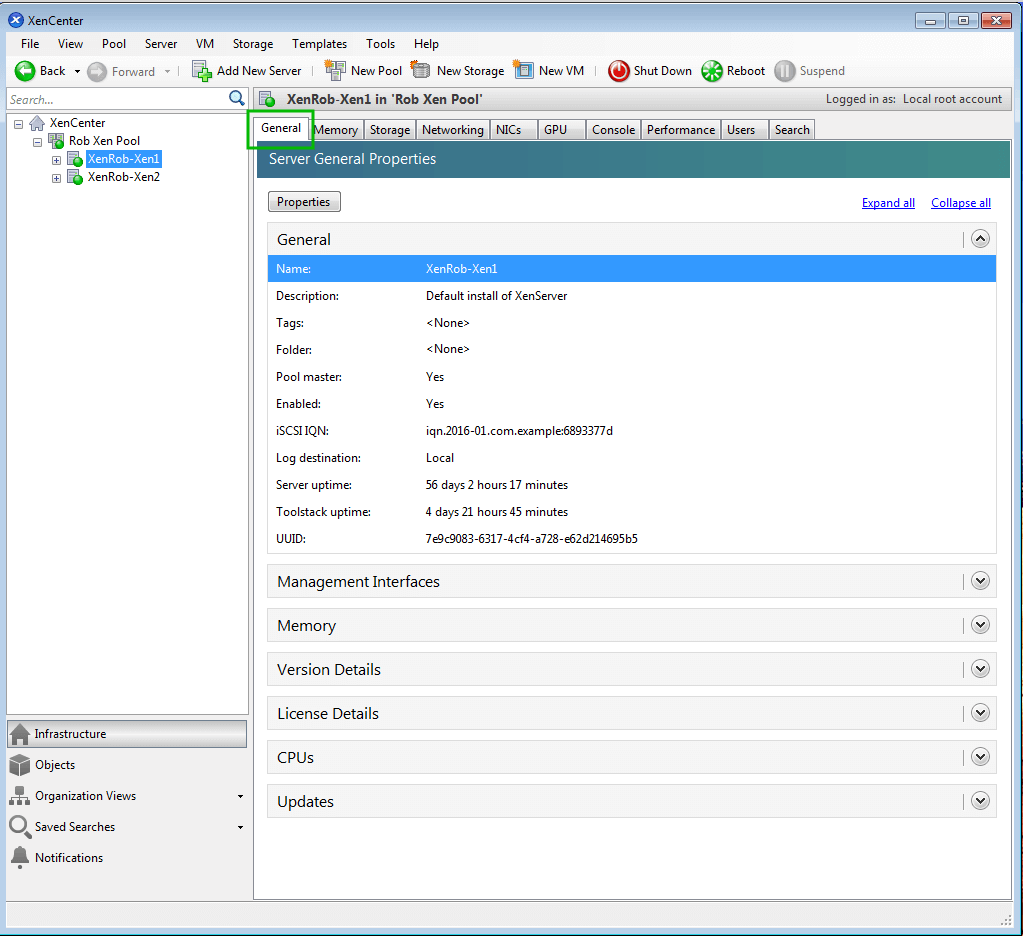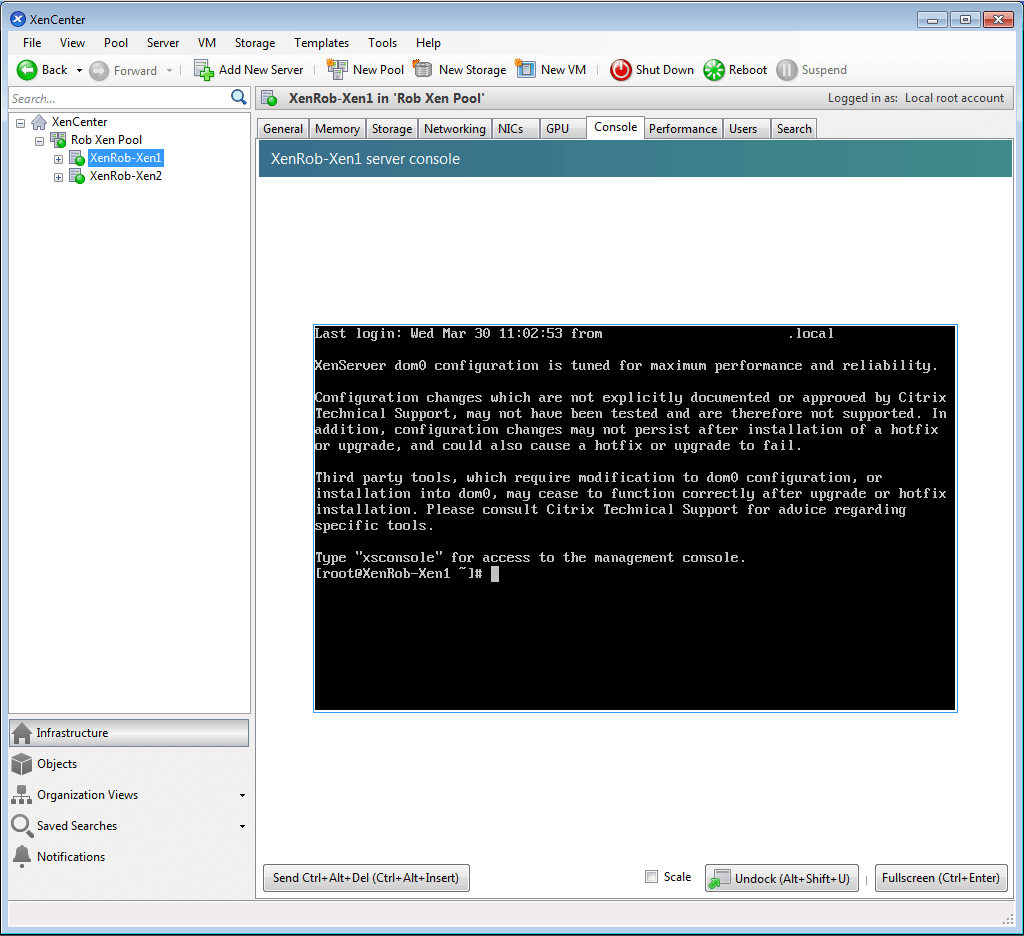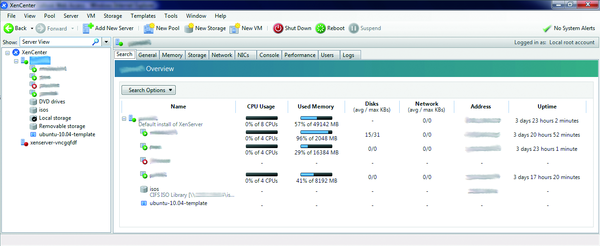

- #XEN GUI INSTALL#
- #XEN GUI DOWNLOAD#
- #XEN GUI FREE#
Login, and then "startx" to boot into the default desktop. Reboot and you should come up directly in tty1. To skip the login screen completely, boot into the console and then start the GUIĬhange line GRUB_CMDLINE_LINUX_DEFAULT="quiet splash" to GRUB_CMDLINE_LINUX_DEFAULT="text". Keep in mind that in our model stay inside that guest (dom0) all installation media for guest OSs and other useful files, so that guest must have enough space on it. For example 100 GB should be large enough for a minimal Xen dom0 system.

Enter a value smaller than the size of your installation drive. Then, when prompted to enter "Amount of volume group to use for guided partitioning" enter a value large enough for the Xen dom0 system, leaving the rest for virtual disks.
#XEN GUI INSTALL#
On VM settings enable "Virtualize Intel VT-x/EPT or AMD-V/RVI"ĭuring the install of Ubuntu for the Partitioning method choose "Guided - use the entire disk and setup LVM".
Note: For VMware Workstation test users:. Please see the Xen wiki (see ) for more information. It assumes a familiarity with general virtualization issues, as well as with the specific Xen terminology. It also assumes Xen 4.1 (the version available in 12.04). Our example uses LVM for virtual disks and network bridging for virtual network cards. Xen, like other types of virtualization, is useful for many use cases such as server consolidation and isolation of production and development environments (Eg.: corporate and personal environments on the same system).Īs of Ubuntu 11.10 (Oneiric), the default kernel included in Ubuntu can be used directly with the Xen hypervisor as the management (or control) domain (dom0 or "Domain0" in Xen terminology). Xen is a type 1, bare-metal virtual machine monitor (or hypervisor), which provides the ability to run one or more operating system instances on the same physical machine. 
Note: Apparently Xen supports the Intel i7 (need confirmation!). To find out if your processors is supported see the following pages: Xen is not designed to run using desktop hardware (this including processors!).
#XEN GUI FREE#
You will not be using a system truly free. User Interface extremely limited (pure CLI). The XenCenter is a great and practical option, but in the end you will come across some problems: We explain the installation of the OpenXenManager toolstack and present another toolstack alternatives. That is, we are talking about installing XEN (XCP-XAPI) on VMWare Workstation so that the user can know the technology in a simple, controlled, fast and safe way. Being a friendly Hypervisor, we suggest VMware Workstation as the test environment for those interested in studying and using XEN. We also had the concern to provide brief guidance (embedded on this guide) on how you can test this procedure (using VMware Workstation). Here we present the installation of a graphical user interface (GUI) and remote desktop access, among other things. This guide is comprehensive and include installation and configuration of Ubuntu Server 12.04 LTS too. This guide is intended for users who want to use XEN in a simple and uncomplicated way exploring all Ubuntu Server 12.04 LTS facilities and for users who work in hybrids environments and with "hybrids users" (Windows/Linux). Why should I dedicate fixed amount of memory for Xen "dom0"?. #XEN GUI DOWNLOAD#
Download and install OpenXenManager (Alternative to XenCenter) (Ubuntu 12.04 Server LTS). Download and install XenCenter (Windows). Installing Xen (XCP - Xen Cloud Platform).







 0 kommentar(er)
0 kommentar(er)
